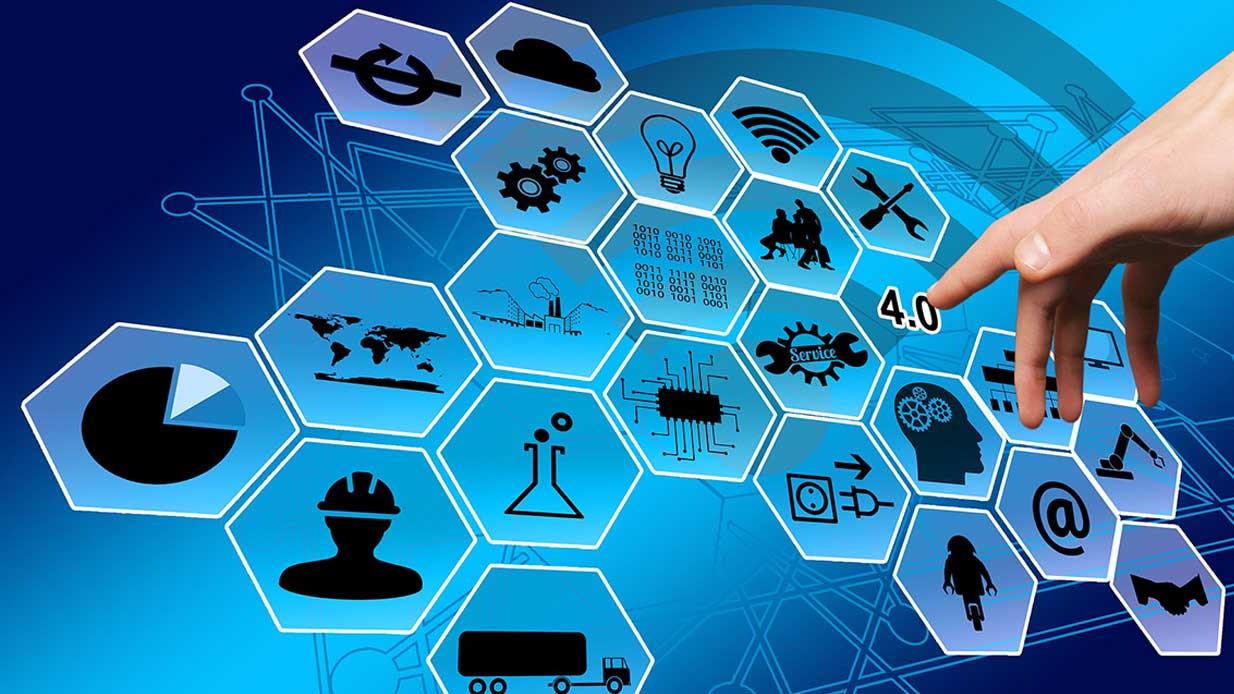Technology is a term that encompasses a broad range of tools, machines, techniques, systems, and methods of organization. It is derived from the Greek words “techne,” meaning art or craft, and “logia,” meaning the study of. In modern times, technology refers to the application of scientific knowledge for practical purposes, especially in industry. The rapid advancement of technology has profoundly impacted every aspect of our lives, from communication and healthcare to transportation and education.
Table of Contents
Historical Perspective of Technology
Technology has been a fundamental part of human history. The invention of the wheel, the development of agriculture, and the creation of writing systems are all examples of ancient technologies that have shaped human civilization. In the Middle Ages, technological advancements such as the water wheel and the printing press revolutionized industries and communication. The Industrial Revolution marked a significant turning point, with the introduction of machinery and mass production techniques.
Modern Technology
In the contemporary world, technology is often associated with digital and electronic innovations. The rise of the internet and the proliferation of mobile devices have transformed how we communicate, access information, and conduct business. Modern technology includes a wide array of fields such as information technology, biotechnology, nanotechnology, and renewable energy technology.
Information Technology (IT)
Information Technology refers to the use of computers and telecommunications equipment to store, retrieve, transmit, and manipulate data. IT has revolutionized industries by enhancing efficiency, productivity, and communication. Examples of IT include:
- Computers and Laptops: These devices have become indispensable tools in both personal and professional settings.
- Software Applications: Programs such as Microsoft Office, Adobe Photoshop, and various enterprise resource planning (ERP) systems are crucial for business operations.
- Internet: The global network that connects millions of computers, enabling the sharing of information and resources.
- Cloud Computing: The delivery of computing services over the internet, allowing for scalable resources and data storage.
Biotechnology
Biotechnology involves the use of living organisms or their systems to develop products and technologies that improve human life. It has applications in medicine, agriculture, and environmental management. Examples of biotechnology include:
- Genetic Engineering: The manipulation of an organism’s genes to achieve desired traits. This technology is used in the development of genetically modified organisms (GMOs).
- Pharmaceuticals: The creation of drugs and vaccines through biological processes. Biotechnology has been instrumental in developing treatments for diseases such as cancer and diabetes.
- Agricultural Biotechnology: Techniques such as tissue culture and cloning are used to improve crop yield and resistance to pests and diseases.
Nanotechnology
Nanotechnology is the manipulation of matter on an atomic, molecular, and supramolecular scale. It has the potential to revolutionize various industries by creating materials and devices with unique properties. Examples of nanotechnology include:
- Nanomedicine: The use of nanoparticles for drug delivery, imaging, and diagnosis. This technology allows for targeted treatment of diseases with minimal side effects.
- Nanoelectronics: The development of electronic components at the nanoscale, leading to faster and more efficient devices.
- Nanomaterials: The creation of materials with enhanced properties such as increased strength, lighter weight, and improved thermal conductivity.

Renewable Energy Technology
Renewable energy technology focuses on generating energy from sustainable sources that do not deplete natural resources or harm the environment. Examples of renewable energy technology include:
- Solar Power: The use of photovoltaic cells to convert sunlight into electricity. Solar panels are commonly used in residential and commercial buildings.
- Wind Energy: The use of wind turbines to generate electricity. Wind farms are often located in areas with consistent wind patterns.
- Hydropower: The use of flowing water to generate electricity. Hydroelectric dams are a common method of harnessing this energy source.
- Bioenergy: The conversion of organic materials such as plant and animal waste into energy. This technology is used in the production of biofuels and biogas.
Impact of Technology on Society
Technology has had a profound impact on society, shaping how we live, work, and interact with each other. Some of the key impacts include:
Communication
Advancements in technology have revolutionized communication. The invention of the telephone, followed by the internet and mobile devices, has made it easier for people to connect across the globe. Social media platforms, email, and instant messaging have further enhanced our ability to share information and stay in touch with friends and family.
Healthcare
Technology has significantly improved healthcare by enhancing diagnostic capabilities, treatment options, and patient care. Medical imaging technologies such as MRI and CT scans provide detailed images of the body’s internal structures, aiding in accurate diagnosis. Telemedicine allows patients to consult with healthcare providers remotely, increasing access to medical care. Additionally, wearable devices monitor vital signs and track health metrics, enabling proactive health management.
Education
The integration of technology in education has transformed the learning experience. Online learning platforms, digital textbooks, and interactive tools have made education more accessible and engaging. Virtual classrooms and e-learning modules allow students to learn at their own pace and from anywhere in the world. Technology also facilitates collaboration and communication between students and teachers.
Economy
Technology has been a driving force behind economic growth and development. Automation and robotics have increased efficiency and productivity in manufacturing and other industries. E-commerce platforms have revolutionized retail, allowing businesses to reach a global customer base. Financial technologies (fintech) such as online banking, digital payments, and blockchain have transformed the financial sector, making transactions faster and more secure.
Environment
While technology has contributed to environmental challenges, it also offers solutions for sustainable development. Renewable energy technologies reduce dependence on fossil fuels and decrease greenhouse gas emissions. Smart grid systems enhance energy efficiency by optimizing electricity distribution. Environmental monitoring technologies help track pollution levels and manage natural resources more effectively.
Conclusion.
Technology is an ever-evolving field that continues to shape our world in countless ways. From the ancient invention of the wheel to the modern development of nanotechnology, technological advancements have driven human progress and improved our quality of life. As we look to the future, the potential for further innovation and positive impact remains boundless. Embracing and responsibly leveraging technology will be key to addressing global challenges and creating a better world for future generations.


Leave a Comment